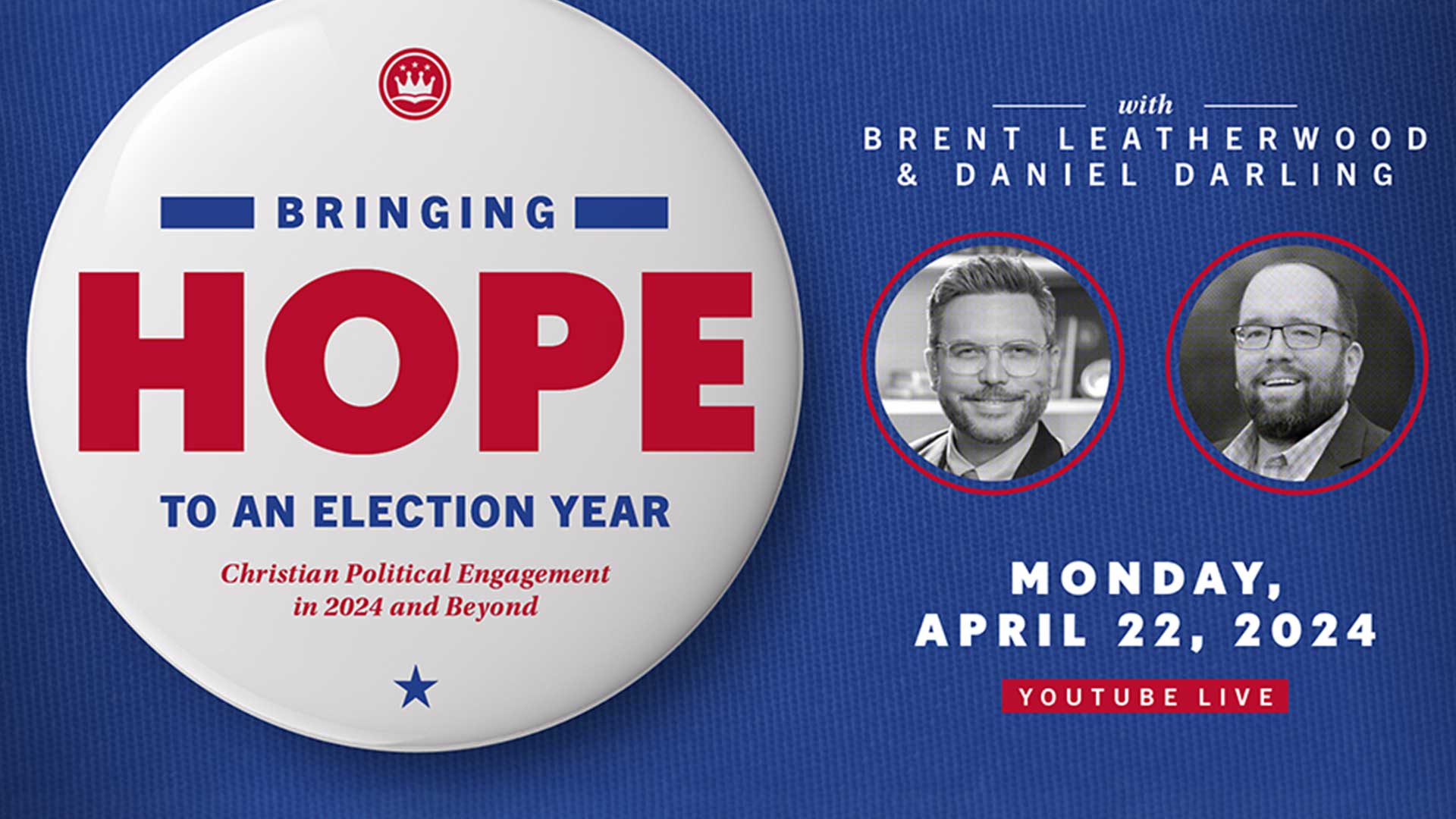by William Thornton
Our venerable Cooperative Program now in its tenth decade and while somewhat diminished in percentages and sums from earlier times, is still a mammoth funding engine without which the SBC at the state convention and national levels would be unrecognizable. In my several decades of pastoral hacking and plodding in the SBC hinterlands I have concluded that almost all laypeople and many, perhaps most, pastors lack the most basic understanding of the CP, that is, that it is mostly a state convention program, and that most of the money given by churches in a particular state will never leave that state.
Take for example a statement by former SBC president Bryant Wright a few years ago. He said something to the effect that when his church’s laypeople found out where most of the CP money goes (it doesn’t go anywhere but rather stays right here in Georgia) they felt compelled to give less to the CP and more to causes that support missions beyond our deep south state borders.
So, how did states come to be the primary beneficiaries of the CP rather than the mission boards and seminaries?
It was so designed 90 years ago.
The current issue of SBC Life, the Executive Committee’s publication has a very good article about this. What would be the ideal division of a CP dollar between the state convention and the national entities? Roger Oldham, VP of Convention Communications and Relations for the SBC Executive Committee makes this statement :
When the Cooperative Program was formed, a 50/50 division between the state conventions and the SBC (after shared ministry costs associated with promoting CP were deducted) was lifted up as an ideal goal. This target has been reemphasized at SBC annual meetings several times over the years, most recently in 2010 with the adoption of the Great Commission Task Force report.
The actual division, however, has never reached that suggested ideal.
Fifty percent was the ideal goal in 1925. Almost a century later, after seeing many state conventions achieve mammoth growth, is 50/50 still an ideal split? The answer to that should be deferred at least until a little more is learned about the CP.
When most state conventions talk about a 50/50 division they do not mean 50 cents of every dollar is sent to SBC national entities through the SBC Executive Committee. What they mean is that after a portion of CP revenues is skimmed off the top by the state convention for “promotional expenses” the ideal division of the remainder is 50/50.
Here in Georgia, ten percent is offered as the amount traditionally taken off the table before division. Thus, a 50 percent share of gross CP revenues means 45 percent of the total amount. If we are moving to a 50/50 split here in Georgia, what state convention leaders mean is that we are moving to a 55 (state)/45(national) division. This is part of the reason that states, mainly the deep south legacy state convention states with tens of thousands of churches, millions of church members, and hundreds of millions in CP revenues, keep about 62 cents on every dollar leaving 38 cents to be divided ten ways among national SBC entities.
Oldham, in the article linked above, notes that many states are making strides in this direction. Iowa and Nevada have dispensed with any “shared expense” category and 50/50 means fifty cents of a CP dollar dropped in a church offering plate stays at home and fifty cents goes to Nashville to be divided among the national entities. The newer Texas convention is better than 50/50, giving the national entities the greater proportion of a CP dollar without skimming off the top and the newer Virginia convention is phasing out its shared ministry category with the goal of giving 51% to the SBC national entities.
That some state conventions are moving towards an authentic 50/50 (or better) split ought to be encouraging and perhaps it is. Viewing the overall picture of SBC funding doesn’t reveal much that could be called drastic changes. We are, and pardon the well-worn cliche, just rearranging deck chairs.
The problem for the legacy state conventions is that it is very difficult to be weaned off of percentages and accounting that work to their advantage. Incremental movements where the states reduce what they keep from 62% to 60% or 58% barely move the needle if the goal is to address lostness in the world.
Consider my state again. We have a sparkling new $43.5 million state convention headquarters building where most convention employees, good people and wonderful servants, are based. Our centralized base is an office building. The ministry done is mostly done around the state in the field, in churches, in schools, in associations. An honest assessment of other GBC infrastructure, two conference centers, three schools, and various other things, are out-of-date, some are deteriorated to the point of being unimpressive even embarrassing. Is it proper that the places where front line ministry is being done (schools, rehab centers, student centers, conference centers, ministries to children and the aged, church planting) are shabby while our centralized office building is sparkling? The juxtaposition of these has been a problem for many Georgia Baptists.
No one sat down and designed it this way but according to the budgets we have been spending more on debt service than church planting.
Our state keeps about 60 cents of every CP dollar, a 60/40 split. The average across the SBC is a little worse, 62/38. We are moving in a more positive direction and there is talk of “reassessing” things.
But let’s look at the overall, SBC-wide, big picture of the Cooperative Program. It’s 2015. Is the ideal 50/50 split still the best use of a CP dollar?
My view is that it is not, even if we could ever get there. But for now if states stop the funny accounting (a longstanding practice, not a recent invention) and get to a true 50/50 split, I would be pleased. That is probably as challenging a goal as I have a right to expect in my lifetime.
Everyone cheer-leads for the CP. But state conventions will always suck up most of the revenues and most of that in the legacy southern states. What made good sense when our denomination was being built a hundred years ago might not make good sense today. I commend the states that are dispensing with the funny accounting (Iowa, Nevada) and a commend the two new state conventions (Southern Baptists of Texas Convention, Southern Baptist Conservatives of Virginia) that are at a true 50/50 or better split. I also commend the South Carolina Baptist Convention for budgeting money that is directly sent to the IMB as a way of getting to 50/50 and I commend the other states, mine included, who are making incremental moves to give fractions of percentages more to the national CP and keeping less for themselves. All this is positive.
My fear is that these moves will be seen by autonomous churches as too little, too late and they make their own decisions to cut CP and do direct funding for NAMB or IMB. Already we are seeing our two main entities, IMB and NAMB take what looks like steps to provide for direct funding of their work by individual churches. I don’t see a lot of print or talk on this but I am aware it is happening. Maybe IMB and NAMB leaders have looked down the road and have seen that the CP, while an important part of their funding system, is never going to get them to where they can carry out their mission of reaching lost people in North America and around the world.
The days ahead should be interesting.
William Thornton is a SBC pastor for almost three decades, allegedly retired. He writes on various SBC matters including the Cooperative Program at his blog sbcplodder.blogspot.com. This article was originally posted at SBCvoices.com.






